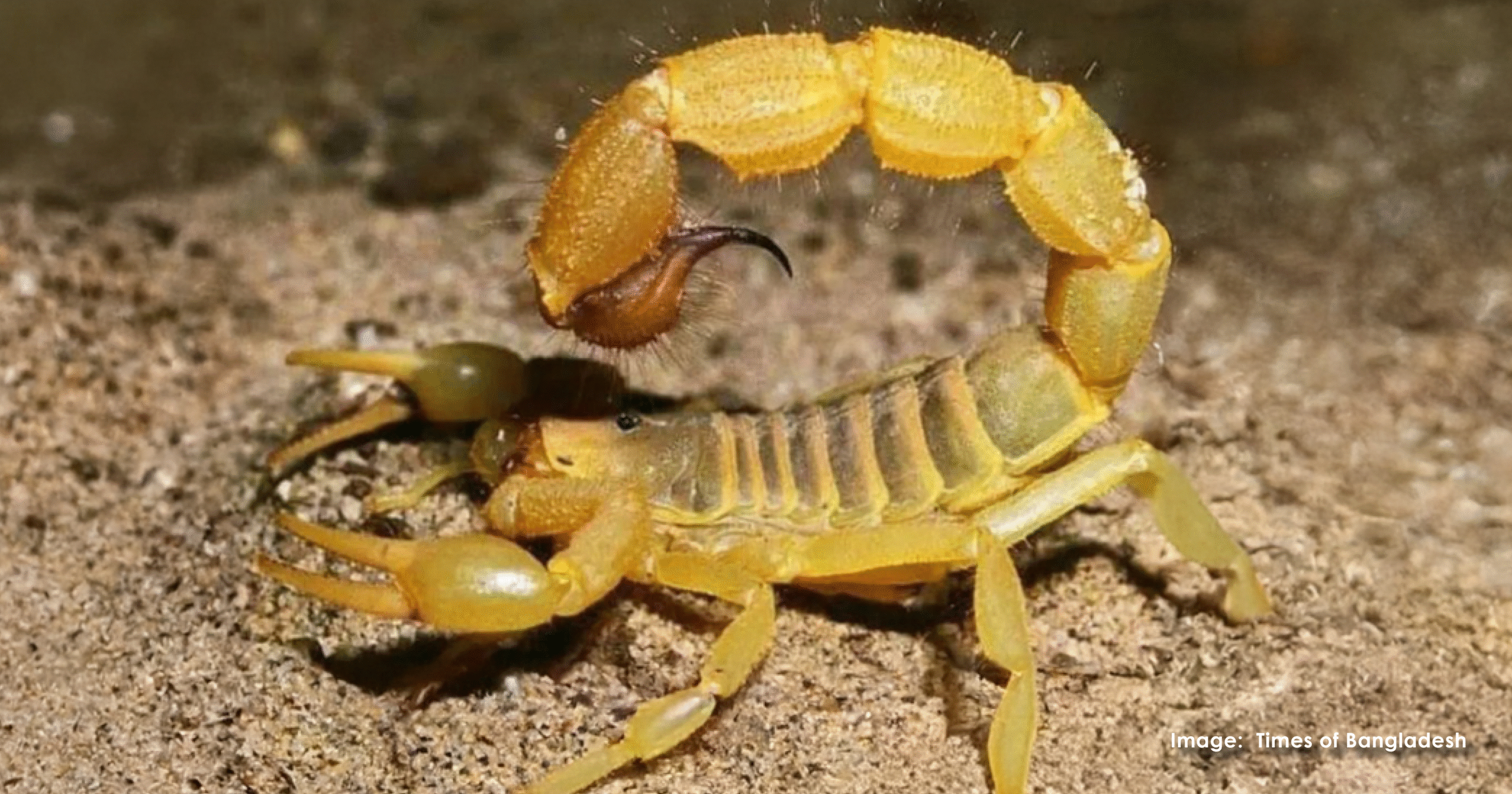Welcome to the Good News Roundup for October 27, 2025
Austria Unveils Animal-Shaped Power Line Concept
Austria’s power grid operator is reimagining the look of the country’s energy network with Austrian Power Giants; power lines shaped like native animals such as storks and stags.
While currently a concept, the company hopes to see this innovative infrastructure installed across all nine Austrian states in the future, blending technology with nature to inspire public support for renewable energy projects.
The pre-tested concept has already earned a Red Dot Award 2025 for Concept Design in Electrification and Decarbonization, showing how art and sustainability could one day power a brighter, more connected future. Explore the designs here.
Kenyan App Translates Speech to Sign Language in Real Time
Kenyan entrepreneur Elly Savatia has created Terp 360, an AI-powered app that turns speech into 3D sign language avatars, helping deaf and hard-of-hearing communities communicate without human interpreters.
The app, tailored to Kenyan Sign Language and expanding across Africa, recently won the Africa Prize for Engineering Innovation.
By combining cutting-edge AI with local collaboration, Terp 360 is making inclusive communication scalable and creating real impact. Read more here.
Building a better Future: IKEA Phasing Out Plastic by 2028
In a major step toward eliminating plastic packaging, IKEA has begun replacing the small plastic bags that hold screws and bolts with recyclable paper alternatives.
The change will eliminate around 1,400 Tons of virgin plastic each year and marks progress toward the company’s goal of ending all plastic consumer packaging by 2028.
It’s a small switch with a big impact, proving that even the tiniest parts can drive meaningful environmental change. Read more here.
Green Sea Turtles Make a Comeback: A Conservation Success Story
Once listed as endangered, green sea turtles have officially been reclassified as “least concern” on the International Union for Conservation Nature Red List after decades of dedicated protection efforts.
Global initiatives to safeguard nesting beaches, reduce bycatch and curb illegal trade have helped populations rise by nearly 30% since the 1970s.
Conservationists say the recovery is proof that long-term, coordinated action can bring vulnerable species back from the brink. You can read more about their comeback here.



